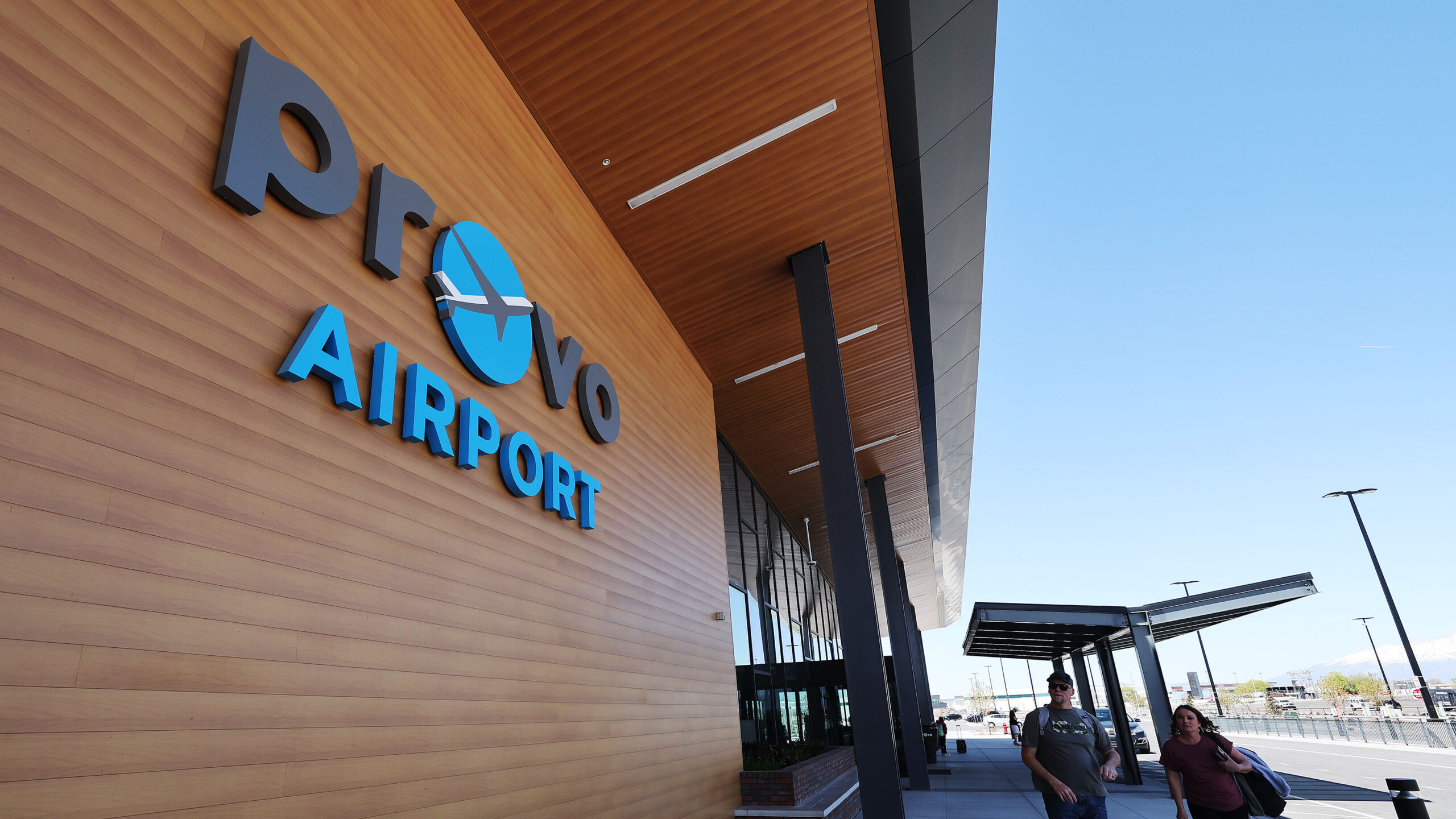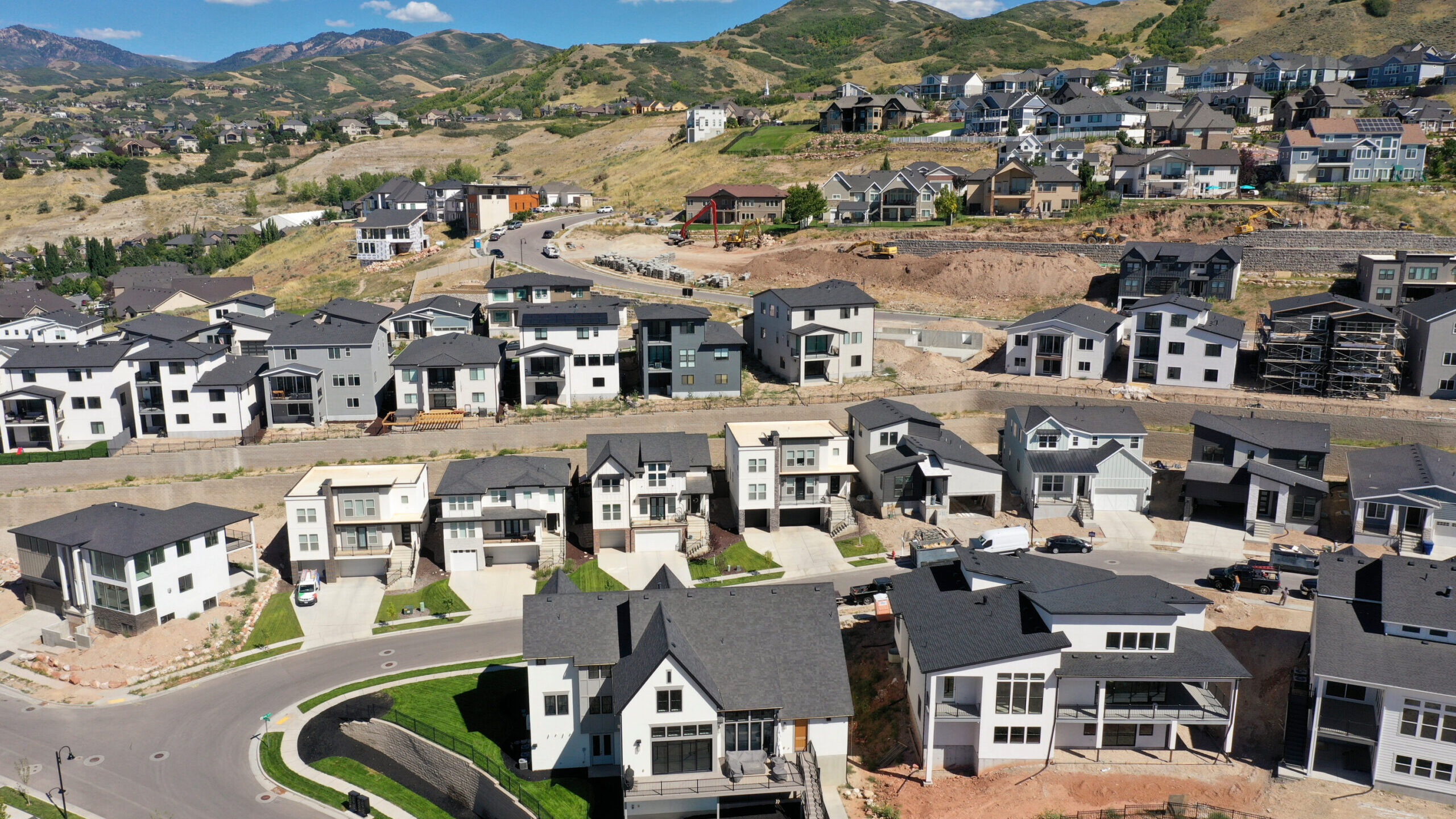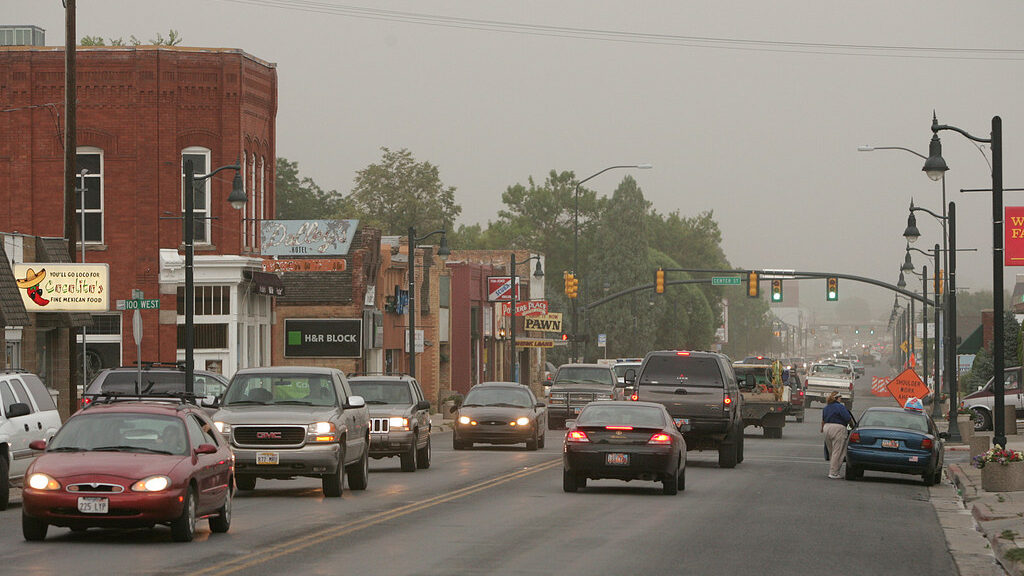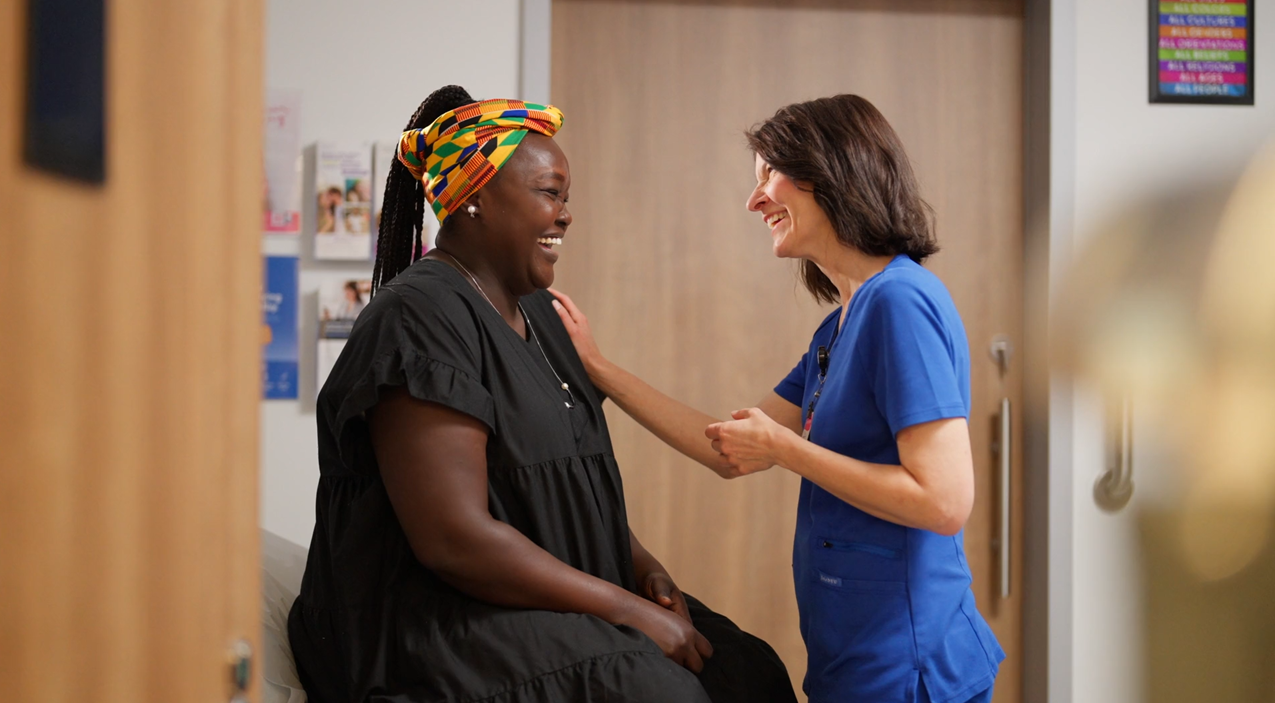Unwelcome Home: Exploring the challenges of buying a home in Utah
Apr 6, 2024, 12:45 PM
WASATCH FRONT, Utah — The blazing-hot housing market in Utah is a dream come true for some. But for others it makes the American dream feel just out of reach.
Ask someone to describe the housing market in Utah right now, and the answer is probably going to depend on their current living situation.
Tune in live at 1 p.m. to hear all about the housing market in Utah.
Housing market in Utah and the renters
“We don’t want to be in townhomes,” said renter Hailee Lowry. “We don’t want to be in apartments. We want to be in homes with neighborhoods and yards, kind of like our parents did.”
But CEO of Ivory Homes, Clark Ivory, sees all the problems with building detached, single-family homes.
“I don’t think that we’ve ever had greater challenges at moving projects through cities than when we are right now,” Ivory said.
It’s something Utah Gov. Spencer Cox has been increasingly outspoken about wanting to fix.
“I believe the single largest threat to our future prosperity is the price of housing. Period,” he said during his State of the State speech in January. “Housing attainability is a crisis in Utah and every state in this country.”
Cox went on to say that homeownership has been the cornerstone of the American dream for over a century.
More people, less houses
A legislative audit in November found that more and more people are living in Utah, but fewer and fewer houses are being built.
The result is a shortage and an increase in prices in the housing market in Utah that is not going away anytime soon.
This is something Thomas Wright, principal broker at Summit Sotheby’s International Realty, thinks about every day.
“Right now along the Wasatch Front, we have about 4,300 active listings,” Wright said. “And that represents about a three-month supply of inventory,. But the inventory is still so low, that buyers are having a hard time finding what they’re looking for.”
Wright said the people who come into his office looking for a home are most concerned with their pocketbooks.
“I mean, people are really struggling right now,” Wright said. “And they’re not able to buy into the real estate market, because there’s so little inventory, that the prices continue to escalate.”
Wright said that our society is built on the family and the American dream of buying a home.
“And when people can’t do that, it changes the dynamics of our society,” Wright said.
Affording a home in the housing market in Utah
A LendingTree survey found that 94%of those asked say owning a home is the quintessential American dream.
But 51% of renters say they fear they will never be able to afford their own home.
Lowry and her husband rent a townhouse in Kaysville.
We love it. For the most part,” Lowry said. “There’s definitely things, of course, that come with living so close to other people… in sharing a parking lot that becomes frustrating.”
Lowry said they’ve looked into buying a house a few different times.
“We’re both making more than we’ve ever made our whole lives,” Lowry said. “And we still just don’t feel comfortable with buying anything, especially because it’s like anything that’s in our price range is a piece of trash. We have to literally go in and spend $100,000 extra on top of what we’re already doing to redo the whole thing.”
Lowry said she’s starting to feel claustrophobic, renting a townhouse without room for their family to grow.
She works as a special education teacher and her husband is an accountant.
“We definitely thought it would put us in a different spot.”
Lowry and her husband have one daughter. And her future is a big factor as they look for a house.
“What as parents can we do to help her in her future? Because I don’t think it will get better,” Lowry said. “And it makes us nervous. Just because it’s like you look at the difference between our parents and us, and it’s a huge gap. So what’s going to be the gap between us and our kids?”
The solution seekers
Ivory is one of those people.
Of course, it makes sense to find solutions for your business. But Ivory says he’s also facing more roadblocks than ever before.
“It’s typically taking us two or three years to move a project through and in some cases 10 or 11 years,” Ivory said. “It’s just more and more challenging and it’s very expensive to put in the improvements to get the water, to get everything. You need to make a piece of raw land developable.”
Ivory said that if they could, they would build 35,000 homes for less than $400,000 or less.
That’s what the governor has said is one of his goals
But there are challenges
“Number one, the cost of land, the cost of water, the cost of all the improvements to make that raw land, you know, work,” Ivory said. “Nothing has gone up more in cost than Ready Mix [Conrete] and aggregates and pipe and what we call the horizontal improvements.”
Ivory said the easily developed land in the Salt Lake Valley has already been developed.
“It’s very difficult to figure out how to get a single-family house under $450,000 — unless you drive a great distance to get to a location where the dirt, the land is a lot less expensive,” Ivory said. “Sometimes you can pull it off.”
Ivory and his team have several ideas to help solve the problem.
He said they’re working on investing in new technologies and regulatory reform. And he said he wants to teach the next generation valuable trade skills.
“We have a lot of people who understand that housing affordability is a challenge and we have a lot of people that know that we have to go do something that’s going to make an impact,” Ivory said. “It’s important because otherwise, no one would be able to buy a first-time home that was making an average wage.”
Ivory said people also need to get used to smaller lot sizes.
“We are going to do more and more townhomes,” Ivory said.
Ivory also said they could dramatically lower costs if they stopped building two-car garages.
“Not only can you avoid the expense of building the garage, but you don’t have to have as large a lot if you don’t have that garage. So it could have a $50,000 impact overall,” Ivory said.
The high prices aren’t turning everyone off
Hailey Elder moved into her first home in August.
“I had a couple of people trying to talk me out of this place, because it was a little bit on the higher end of my budget,” Elder said. “And so they were like, ‘no, just wait, there’s gonna be other opportunities.’ And it didn’t feel like that.”
Elder said the new place fits her.
“Yeah, it feels like me, especially with all the changes that we’re putting on it,” Elder said. “I’m obsessed with it. And I just love decorating it.”
Elder says she spent months house hunting. And it wasn’t without its disappointments.
“I was delusional when I first started,” Elder said. “I wanted a garage for my car. And I wanted a lot of space. I feel like when I was looking I saw a lot of little houses, which was totally fine. And it would have been fine for me by myself, but I did want to have extra space for people to come and stay because my family doesn’t live here. And so if they ever wanted to come out they would stay with me. So that was really important for me. And then curb appeal was important to me but not like a ton. I feel like everything could use a little facelift around here but I’m fine with that.”
Elder said she paid $440,000 for her house. That’s just below the median home price in Utah.
In this housing market, finding ‘the one’ takes a while
But she had to look at a lot of homes before she finally landed on this one.
“It feels like we looked at all of them,” Elder said. “And a lot of them were not gems, like what was in my price range. That was really terrifying because we were looking at neighborhoods like I wasn’t necessarily jazzed about. Then the houses that were in the neighborhoods that I liked, were like, they should have been gutted.”
Elder said she looked at one with live cockroaches inside. So she had to get more competitive with the houses she did like.
“My realtor was amazing,” Elder said. “And just kept finding things for me and showing me things and she found this little gem for me.”
Elder said she’s now figuring out the new challenges of homeownership, along with her dogs.
And she has plans to continue making it her own.













